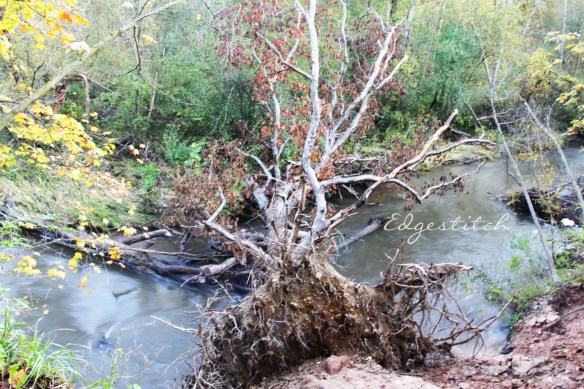
It’s that time of year.
When the last leaf falls…
Anyone remember that line? It’s from A Bug’s Life. My son was old enough to watch it over and over and over again until I had it almost memorized. The grasshoppers threaten the ants to come back for their winter supply of food “When the last leaf falls”.
Well the last leaf has not quite fallen, but the temps are finally starting to drop, and that means only one thing: get ready for the holidays.
As I get older I find that I am SO SICK of the same old holiday decorations I’ve had for the past 30 years…some even longer. And I know, I know…TRADITION.
But who wants to look at all of that over and over and over again. I need to rotate it at the very least. Let it become new again in a few years.
So this year, I’m attempting to decorate with a soft neutral-y palette. It’s tougher than it looks. Tree skirts are all red and green (especially the ones I own). Ornaments are all the colors of the rainbow. What about those old weathered stockings? Handmade by Grandma, or Aunt So-and-So, or, of course, the ones made by people who passed away years ago.
It feels like we are supposed to honor them by at least putting up their things once a year.
But frankly, I’m really sick of hanging on to the possessions of the dead, and having no room to do anything my way. Before I’m the dead one.
So this year, I’m starting fresh. Oh, I’ll still dig out a few of my favorites. But my theme is natural. Or low-key. I want only low-volume ornaments and holiday decor.
And I find it invigorating to search out only certain colors, only certain things.
Let’s be honest. We’re all friends here. There is no shortage of white, pink, natural colors in all the retail stores and shops. It’s everywhere. So it’s very fun to allow myself a budget to do something creative.
But let’s start with handmade ornaments.

These are hand-stitched and stuffed with polyfil. Yes, I allowed myself some green because it’s natural. Nothing bright and overpowering.

Here’s a closer look at all of them.




My advice to you this holiday season:
Give yourself a theme. It’s much more fun to go out searching than to just wander. Two years ago, I went with black/white buffalo plaid. Last hear was red checks (hello Bob Evans restaurants). So this year it will be the soft palette, with white lights and fairy lights.
I’m not sure how it will work out. But it will be fun along the way.

































